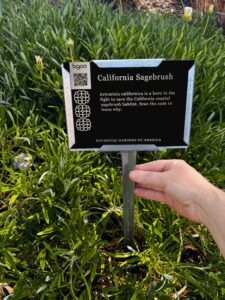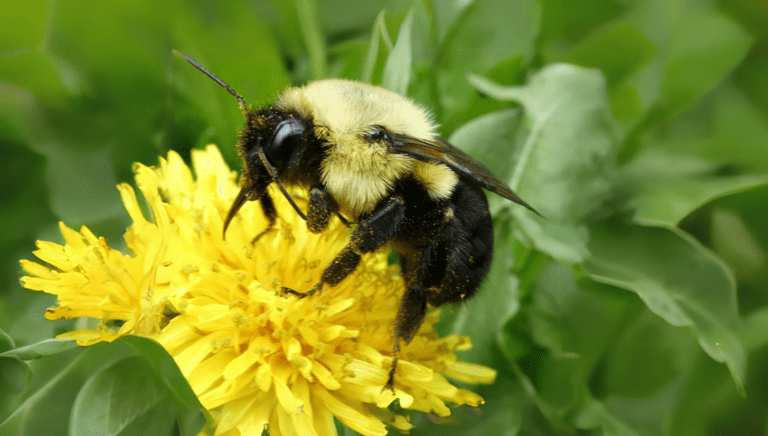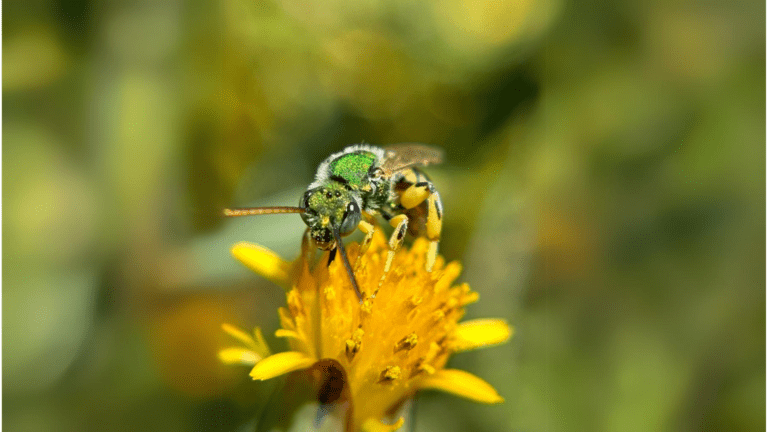The American bumblebee, Bombus pensylvanicus, is experiencing a sharp decline. Once abundant across much of its native range, this species has been listed as critically endangered by the IUCN due to a startling population decrease of over 90% in the last two decades.
The primary threats to its survival include habitat destruction, pesticide exposure, competition from non-native species, and the spread of diseases. These factors have led to reduced numbers and fragmented populations, making it imperative to implement conservation strategies aimed at habitat restoration and the reduction of pesticide use to prevent further declines.
Native to North America, the American bumblebee is predominantly found in the eastern, southern, and midwestern United States, as well as parts of Canada. This bumblebee is large, with a black head and abdomen, a yellow thorax, and additional yellow bands near its tail. They live in colonies that consist of a queen, sterile female workers, and male drones.
The American bumblebee is a generalist forager, visiting a variety of flowering plants to collect nectar and pollen. It thrives in diverse habitats like grasslands, gardens, and farm edges. Despite its ecological importance as a pollinator for many wildflowers and crops, this species faces significant threats from habitat loss, pesticides, and disease. The decline in populations of Bombus pensylvanicus mirrors wider concerns about bumblebee conservation across North America, highlighting the need for ongoing conservation initiatives.
PHOTO ATTRIBUTIONS
beewonder
https://www.inaturalist.org/photos/344160600



